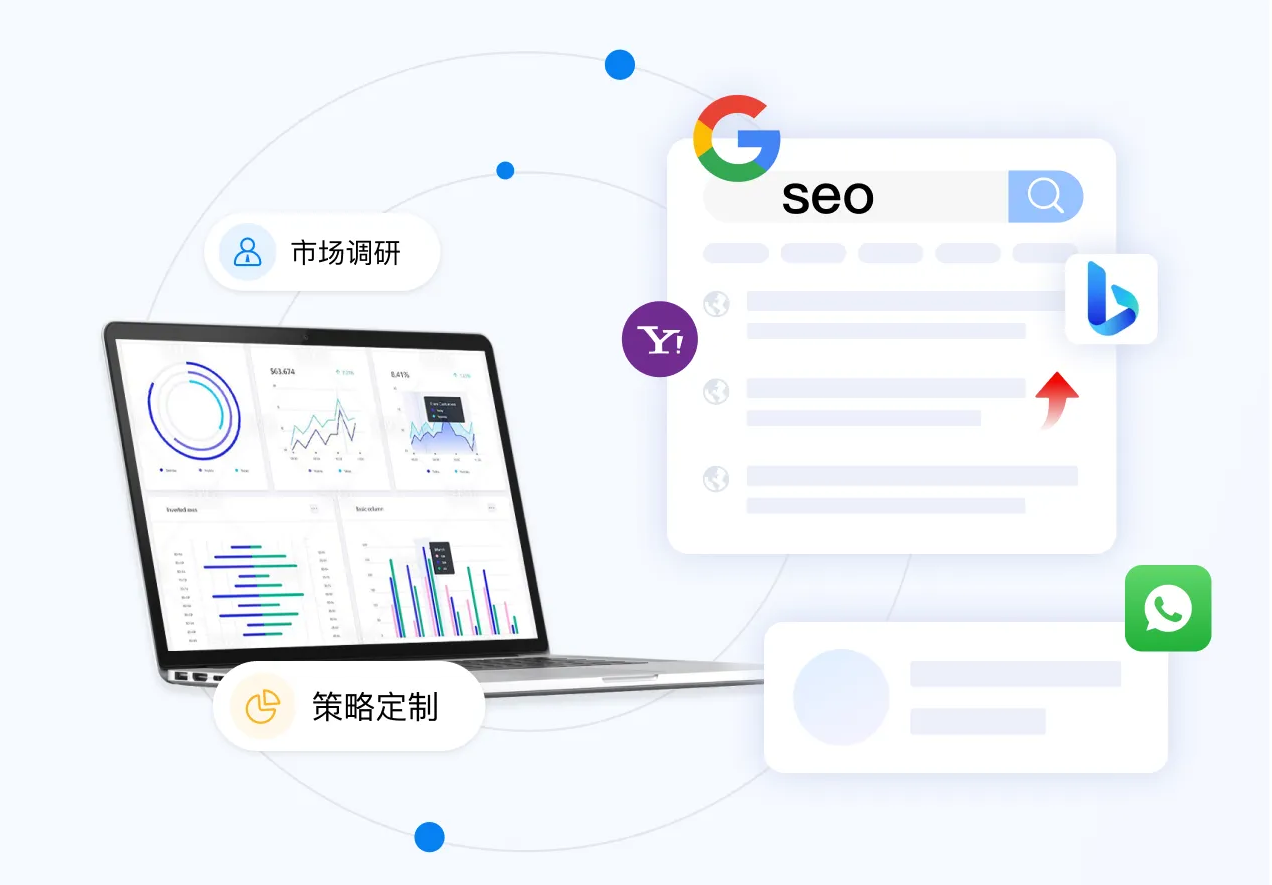 400-076-6558智领未来,外贸超级营销员
400-076-6558智领未来,外贸超级营销员
 400-076-6558智领未来,外贸超级营销员
400-076-6558智领未来,外贸超级营销员

For new players in the foreign trade B2B export market, conducting in - depth competitor research is like having a compass in the vast ocean of international trade. It helps you understand the market landscape, identify opportunities, and develop effective strategies. In this article, we will reveal the essential points of competitor research in the B2B export market, providing practical guidance for foreign trade newcomers.
Before diving into the details, it's crucial to grasp the basic situation of your competitors. This includes their corporate background and strength. For example, according to industry reports, about 30% of successful B2B exporters in the past year had more than 10 years of industry experience. Understanding a competitor's founding time, ownership structure, and corporate culture can give you insights into their long - term goals and business philosophy.
You can also look into their financial strength. A company with strong financial backing is more likely to invest in research and development, marketing, and customer service. For instance, a competitor with an annual revenue of over $50 million may have more resources to expand into new markets or improve product quality compared to a smaller firm with an annual revenue of around $5 million.
The next step is to analyze the features of your competitors' products and services. First, identify their advantages. A study shows that 40% of global buyers prioritize product quality when making purchasing decisions. Some competitors may have advanced production technology, which allows them to produce high - quality products with low defect rates. For example, a competitor in the electronics industry may be able to offer products with a 99% reliability rate, while the industry average is 95%.
At the same time, don't overlook their weaknesses. Maybe a competitor's product has a high price due to excessive brand premium, or their after - sales service response time is slow, averaging 48 hours compared to the industry average of 24 hours. By identifying these weaknesses, you can position your products and services as better alternatives.

Market and operation information are also vital aspects of competitor research. One of the key elements is the marketing strategy. A significant 60% of B2B buyers are influenced by online marketing content. Competitors may use different marketing channels such as search engine optimization (SEO), social media marketing, and email marketing. For example, a competitor may have achieved a top - three ranking on Google search results for relevant keywords, which means they are getting more organic traffic and potential customers.
Market share is another important indicator. If a competitor holds a 20% market share in a particular segment, it means they have a significant influence and a large customer base. Understanding their customer relationship management (CRM) practices can also provide valuable insights. A company that invests in a sophisticated CRM system may have a higher customer retention rate, perhaps 80% compared to the industry average of 70%.
There are several methods and tools available for competitor research. Online research is a cost - effective way. You can use search engines, industry websites, and social media platforms to gather information. For example, LinkedIn can be used to find out about a competitor's employees, their professional backgrounds, and any recent corporate news.
Industry reports and market research firms can also provide in - depth analysis. For instance, a report from a well - known market research firm may reveal trends in the B2B export market, including growth rates, emerging markets, and competitive threats. Additionally, tools like the "Foreign Trade AI Super Marketer" can automate some of the research processes, saving you time and effort.

Global purchasers' core decision - making points revolve around trust. They want to work with reliable suppliers who can provide high - quality products, excellent service, and competitive prices. By conducting thorough competitor research, you can position your company as a better choice. For example, if you find that competitors are weak in after - sales service, you can emphasize your 24/7 customer support and fast response time.
Providing transparent information about your company, such as your production process, quality control measures, and corporate social responsibility initiatives, can also build trust. According to a survey, 70% of global buyers are more likely to do business with companies that are transparent about their operations.
In conclusion, competitor research in the B2B export market is an essential task for foreign trade newcomers. By understanding your competitors' basic information, product and service features, market and operation information, and using the right methods and tools, you can gain a competitive edge.
Ready to take your foreign trade B2B export business to the next level? Start conducting comprehensive competitor research today with the help of our recommended tools and methods. Click the button below to learn more and get started on your journey to success!
Get Started Now.png?x-oss-process=image/resize,h_100,m_lfit/format,webp)
.png?x-oss-process=image/resize,h_100,m_lfit/format,webp)

.png?x-oss-process=image/resize,h_100,m_lfit/format,webp)
.png?x-oss-process=image/resize,h_100,m_lfit/format,webp)
.png?x-oss-process=image/resize,h_100,m_lfit/format,webp)
.png?x-oss-process=image/resize,h_100,m_lfit/format,webp)
